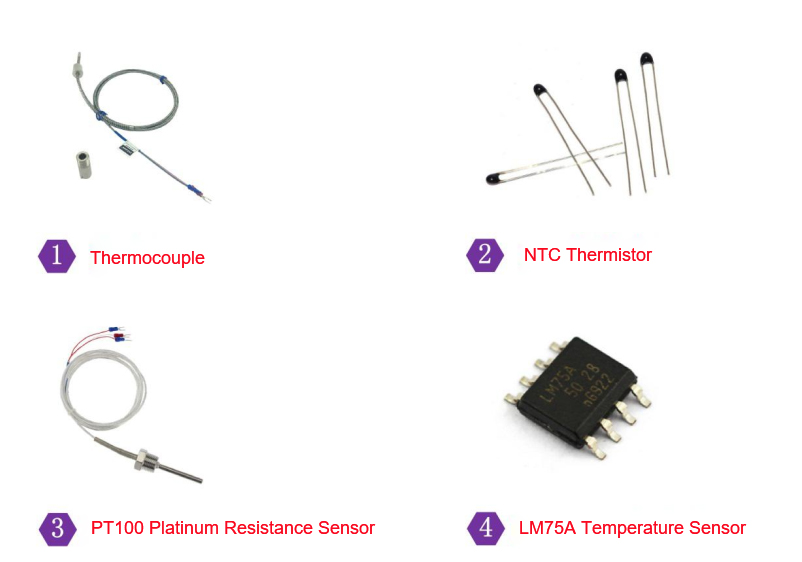Platinum resistance, also known as platinum thermal resistance, its resistance value will change with the temperature. And the resistance value of platinum resistance will increase regularly with the increase of temperature.
Platinum resistance can be divided into PT100 and PT1000 series products, PT100 means that its resistance at 0℃ is 100 ohms, PT1000 means that its resistance at 0℃ is 1000 ohms.
Platinum resistance has the advantages of vibration resistance, good stability, high accuracy, high pressure resistance, etc. It is widely used in medical, motor, industry, temperature calculation, satellite, weather, resistance calculation and other high precision temperature equipment.
PT100 or PT1000 temperature sensors are very common sensors in the process industry. Since they are both RTD sensors, the abbreviation RTD stands for “resistance temperature detector”. Therefore, it is a temperature sensor where the resistance depends on the temperature; When the temperature changes, the resistance of the sensor will also change. Therefore, by measuring the resistance of the RTD sensor, you can use the RTD sensor to measure the temperature.
RTD sensors are usually made of platinum, copper, nickel alloys or various metal oxides, and PT100 is one of the most common sensors. Platinum is the most common material for RTD sensors. Platinum has a reliable, repeatable and linear temperature resistance relationship. RTD sensors made of platinum are called PRTS, or “platinum resistance thermometers.” The most commonly used PRT sensor in the process industry is the PT100 sensor. The number “100″ in the name indicates a resistance of 100 ohms at 0°C (32°F). More on that later. While PT100 is the most common platinum RTD/PRT sensor, there are several others, such as PT25, PT50, PT200, PT500, and PT1000. The main difference between these sensors is easy to guess: this is the resistance of the sensor at 0°C, which is mentioned in the name. For example, the PT1000 sensor has a resistance of 1000 ohms at 0°C. It is also important to understand the temperature coefficient because it affects the resistance at other temperatures. If it is PT1000 (385), this means that it has a temperature coefficient of 0.00385°C. Worldwide, the most common version is 385. If the coefficient is not mentioned, it is usually 385.
The Difference Between PT1000 and PT100 Resistors is as follows:
1. The accuracy is different: The reaction sensitivity of PT1000 is higher than that of PT100. The temperature of PT1000 changes by one degree, and the resistance value increases or decreases by about 3.8 ohms. The temperature of PT100 changes by one degree, and the resistance value increases or decreases by about 0.38 ohms, obviously 3.8 ohms is easier to measure accurately, so the accuracy is also higher.
2. The measurement temperature range is different.
PT1000 is suitable for small range temperature measurement; The PT100 is suitable for measuring large range temperature measurements.
3. The price is different. The price of PT1000 is higher than that of PT100.
Post time: Jul-20-2023

